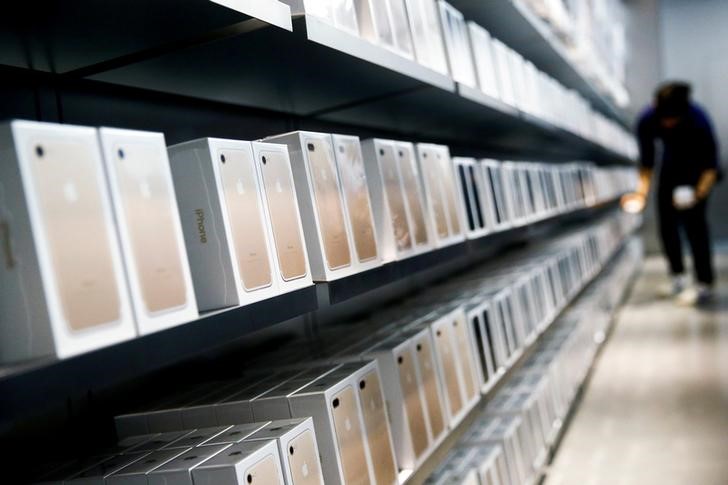TSX gains after CPI shows US inflation rose 3%
Investing.com -- Huawei outpaced Apple (NASDAQ:AAPL)'s iPhone in terms of shipments in China during August, according to a note from Bernstein on Wednesday.
The firm said total smartphone shipments in China rose 10% year-over-year, with Huawei leading the growth, posting a 54% increase.
Apple's shipments, however, reportedly remained flat, with sequential declines attributed to consumers waiting for the release of new iPhone models in September, said Bernstein.
While Huawei's impressive growth came off a low base, Bernstein noted that the brand's "sequential momentum has been flattish lately."
The firm stated that non-Huawei Android devices also experienced modest growth of 6% in August, further supporting the recovery in China's smartphone market.
Year-to-date smartphone sell-through in China increased by 9% year-over-year, exceeding Bernstein's 7% forecast for 2024.
Meanwhile, Bernstein said Huawei saw a 66% surge in shipments YTD, while Apple declined by 7%.
They cautioned that the remainder of 2024 will be "compared against a higher base," making sustained growth more challenging.
Bernstein also highlighted shifting consumer preferences toward high-end smartphones priced above $850 (RMB 6,000). The report pointed out that "flagship segment will benefit MediaTek and Qualcomm (NASDAQ:QCOM), as well as Arm," thanks to higher royalties and broader adoption of v9 architecture.
However, they said that sub-flagship models priced between $560-$850 have stabilized, potentially due to the high cost of AI-powered phones limiting broader adoption.
While Apple's shipments in August marked the third consecutive month of underperformance, Bernstein sees no major inventory risks.
"Apple continued under-shipping, and August made that three consecutive months," wrote Bernstein, adding that they "don't see inventory as an issue."
The upcoming Golden Week and China's recently announced stimulus measures are expected to provide more clarity on market trends and inventory levels.
Bernstein also reported slight gains for MediaTek, whose unit share edged higher in August after declines earlier this year. Meanwhile, OLED penetration across non-Apple and non-Huawei brands is said to have remained flat, with foldable devices representing only 6% of total smartphone sales.
